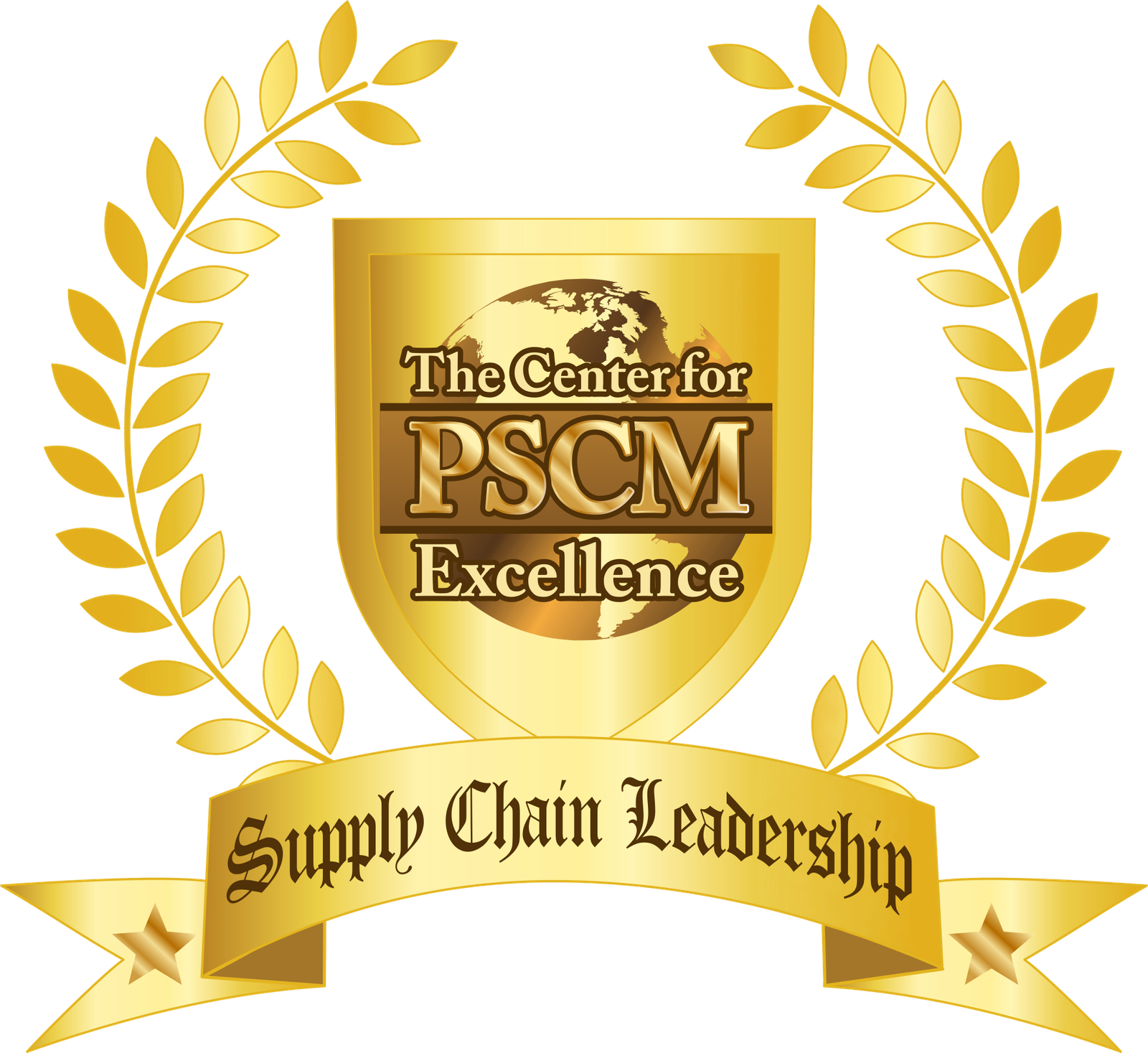I was doing work for a client last week on the East Coast. Someone there asked me if today’s strategic sourcing strategies are here to stay. My answer caught her off guard. “Absolutely not” is what I said. In fact, I think we are mostly behind the curve.
Before I get into why, I really do have to acknowledge all the progress made in our profession. We’ve gone from expediting purchase orders (1970’s) to driving a wealth of strategic TCO oriented strategies today. “We’ve come a long way, baby!”
However, what I still see is that even the most sophisticated purchasing strategies are largely predicated on using influence, economies of scale, and competitive practices (all really good things, mind you) to get suppliers to lower their prices.
What’s not to like? Well, getting a supplier to lower their price, all other things being equal, means they need to lower their profit margins. That’s really what it boils down to. They are willing to do it in the right circumstances, and it can still be a win/win deal.
Still all upside for both parties, right? Not necessarily.
My big issue is this: when you focus on reducing supplier profit margin, no matter how sophisticated your strategy is, all you are doing is pushing costs down the supply chain. You haven’t really improved the supply chain in any way.
There are an entire supply chain worth of costs that can be assessed, and that is really the next big breakthrough we have to make it to as purchasing professionals.
Here’s the thing though. You read articles about supply chain management and it is so daunting, so unwieldy, so complicated that you just don’t know what to do differently when you get back to your desk.
That has to change. There are simple things that we can and should be doing that don’t require sophisticated tools, systems, or supply chain expertise.
You see, suppliers are unfortunately taught that “the customer is always right”. Sounds good, except what this means is that when your internal customer produces a SOW or Spec that wasn’t designed for TCO, your supplier won’t say anything.
It also means that everything you specify as a part of your manufacturing and service requirements will be adhered to 100% – even if it is unnecessarily adding a tremendous amount to your cost proposition. Why? Because “the customer is always right.”
So we need to start looking at opportunities to take costs out of the supply chain. When you take a cost out, it’s gone. You haven’t pushed them anyplace. Assuming you didn’t cause some other TCO problem, you have actually made the supply chain better.
Here are some examples you can look for now (I took this part from a longer article I wrote that’s being published in an ISM journal later this month – I encourage you to look for it and read it):
Redundant costs: Supplier is doing outgoing quality inspection and supply manager is doing incoming quality inspection; both parties are insuring shipments to supply manager.
Excessive costs: Expedited shipping instead of standard shipping; products or service comes with unnecessary functionality or features (“bells and whistles”) that customer doesn’t need to fulfill business requirements.
Unnecessary costs: 5 year warranty on products that have 3 year obsolescence (such as PCs); 24 x 7 customer support model for an 8 x 5 business.
Costs that can be eliminated: excess supplier inventory buildup due to infrequent or inaccurate forecasts from supply manager; setup costs associated with custom requirements that could be eliminated by using standard parts or processes instead where possible.
Challenge yourself to see if you are truly driving innovation with your suppliers to take costs out of the supply chain, or if you only using sophisticated techniques (or worse yet, unsophisticated techniques!) to get suppliers to lower their price.
We want to have our careers grow and prosper in the field of purchasing. This means doing things better than how you were taught. Leap forward and into the opportunities that await with supply chain cost analysis.
It really is an opportunity to take your capabilities and your career to the next level.


